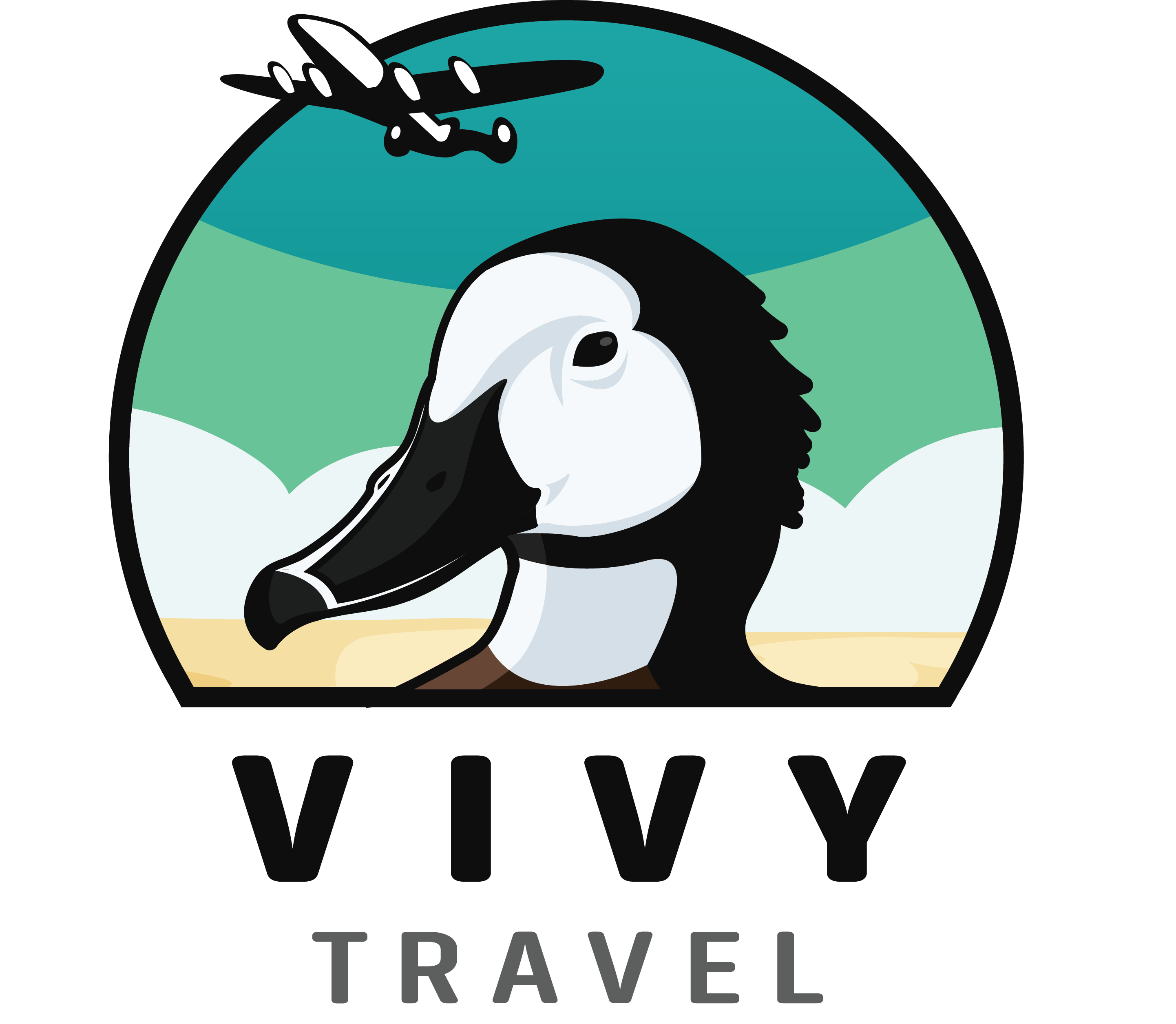
Slow tourism is a relatively new term, isn't it? Hang on, we'll tell you more. Slow tourism is a travel philosophy that's gaining popularity, focusing on quality rather than quantity, or so they say. Unlike mass tourism, which encourages travelers to visit as many sites as possible in as little time as possible, slow tourism advocates a slower, more deliberate approach. It invites visitors to take their time discovering a place, immersing themselves in its culture, interacting with its inhabitants, and appreciating local nature and traditions. This way of traveling promotes more sustainable and environmentally-friendly tourism while offering a more enriching and authentic experience for every traveler.
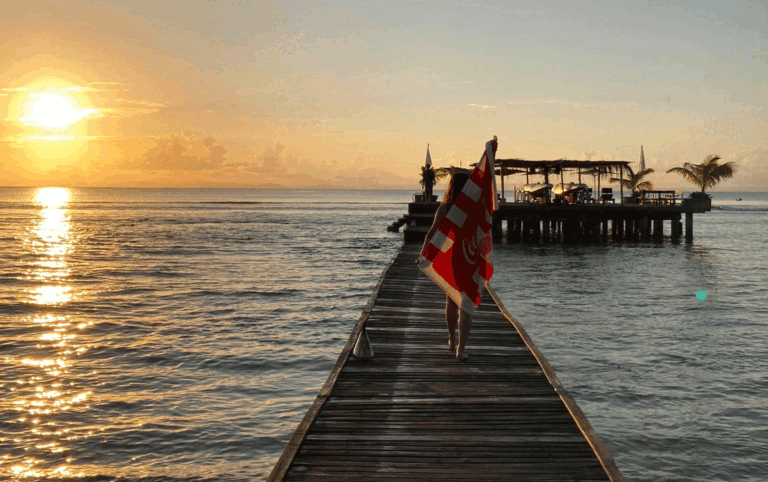
For travelers who wish to conclude their journey in Madagascar with beach relaxation or water activities, we understand the dilemma you often face: whether to choose Nosy Be, renowned for its numerous islands, pristine sands, coconut palms, vibrant seabeds, miraculous fishing, nights spent to the rhythm of surf under starlit skies; or Sainte-Marie, affectionately known as Nosy Boraha by locals, an island of perpetual beauty, serene and enchanting, caressed by tepid lagoon waters where palm trees bow in reverence a paradise far from mass tourism. Both islands of Madagascar are all exceptional, and truthfully, we struggle to choose between them as well. Here are a few insights that might help you decide:

With ethnic groups varying from region to region, historical resentments between groups, social tensions based on origins, and the subtle yet real presence of power struggles, life in Madagascar could seem challenging. However, contrary to expectations, this is not the current reality. Despite periodic conflicts among the country's leaders, relations between different communities remain peaceful. This article explores the factors contributing to this social harmony and ongoing efforts to promote peace and non-violence on the island.
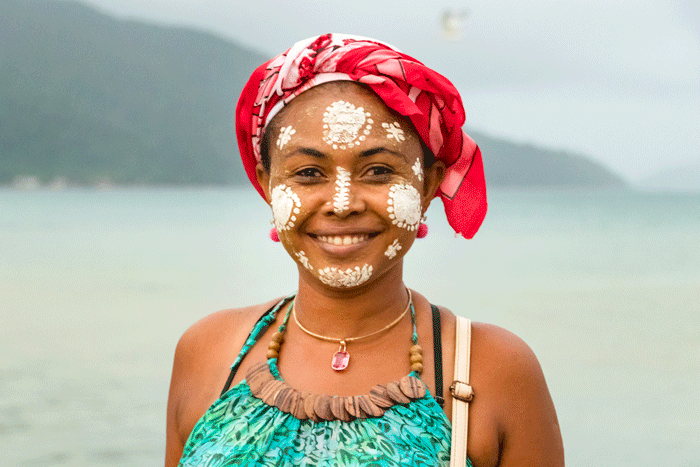
Malagasy names are a fascinating element for the whole world, rich in history, meaning, and diversity, often described as long and difficult to pronounce. These names reflect not only personal identity but also the values, beliefs, and traditions of Malagasy society. Today, in the kingdom of Imerina, the nobility particle "Ra" has lost this meaning in many cases. In this article, we explore the origins, characteristics, and meanings of Malagasy names.
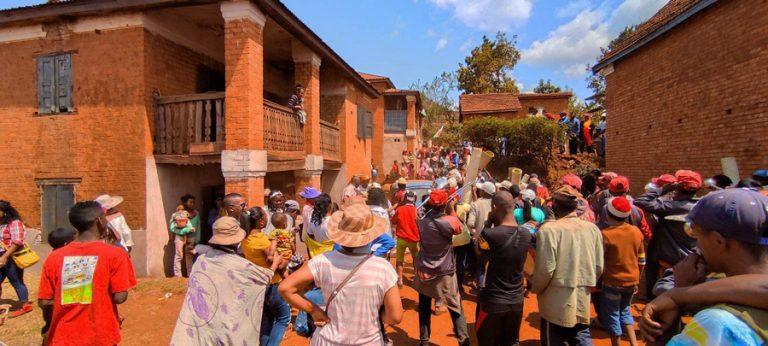
Hira Gasy is a traditional folk art form unique to Madagascar. This cultural expression, often described as musical street theater, is a captivating blend of song, dance, drama, and poetic discourse. Performances are often accompanied by colorful costumes, such as Malabary tunics for the men and dresses of the same color for the women, with the addition of the Lamba. Its roots go back many centuries, and it continues to be an integral part of Malagasy culture and identity to this day.
This form of popular entertainment is specific to the culture of the peoples of Madagascar's central highlands, particularly the Merina, where performances take place either outdoors or indoors.
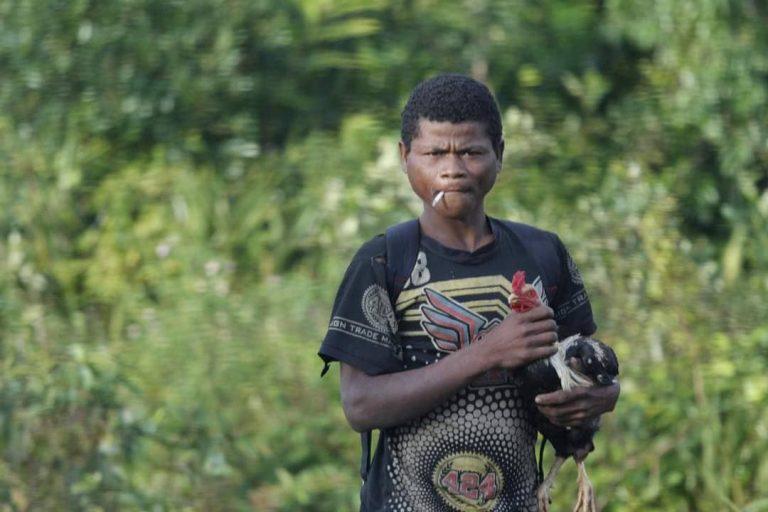
Inscribed in 2021 on the Representative List of the Intangible Cultural Heritage of Humanity, Kabary is an ancestral oratory practice of the Malagasy people, a kind of poetry declaimed before the general public. It is highly structured, consisting of proverbs, maxims, rhetorical figures and puns, embodying the essence of Malagasy culture. Originally, Kabary was used by rulers to inform the community about upcoming events, social life and administrative decisions. Over time, it came to be used by communities to communicate on various social, political and ritual occasions. Kabary is an art of speech, a vector of tradition and an instrument of social cohesion.
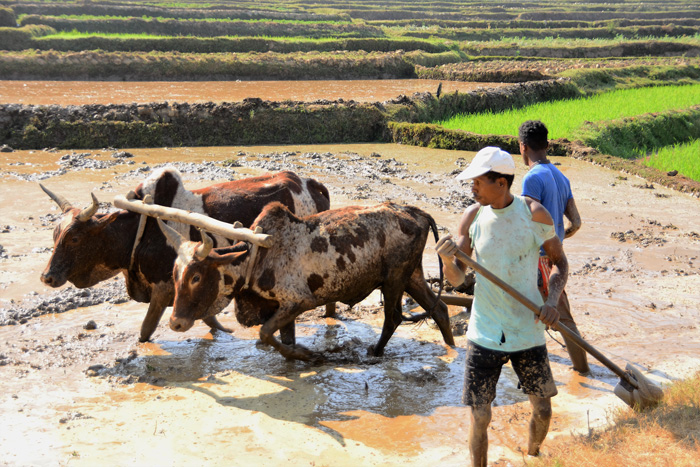
Arriving on the island from India in the first millennium, the zebu is an imposing bovid, with lyre-shaped horns on its frontal bone and a distinctive dorsal hump, a fat reserve that builds up when food is plentiful. It occupies a central place in Madagascan culture. Much more than a simple livestock animal, the zebu is a true cultural and spiritual icon in Madagascar, reflecting the identity, traditions and ancestral beliefs of the Malagasy people.

Changing the trend a little, let's talk today about village tourism, an offering with immense economic potential. Beyond paradise beaches and famous national parks, village tourism is emerging as a promising alternative for the economic development of local communities. This type of tourism, centered on authenticity, encounters and exchanges, offers numerous advantages for boosting the local economy.

The Merina, also known as the Hova, are one of Madagascar's 18 ethnic groups, mainly located in the northern part of the island's central highlands, particularly around the capital, Antananarivo. Their history, culture and political influence have played a central role in the development of the Malagasy economy. The influence and centralization of Madagascar around Antananarivo, the Merina capital, has resulted in the Merina language being considered the official language of Madagascar. In this article, we explore the origin, history, culture and impact of the Merina on Malagasy society.

Madagascan Mpanandro, or traditional astrologers, play a central role in the cultural and spiritual life of Madagascar's communities. Their knowledge, handed down from generation to generation, encompasses astrology, divination and knowledge of lunar calendars.
In outlying areas, they are widely consulted for a multitude of reasons, from planning important events such as the Famadihana and Fanambadiana to seeking spiritual advice. In short, Mpanandro are seen as priests à la Malagasy. This article explores the role, importance and practices of Mpanandro in contemporary Malagasy society.

